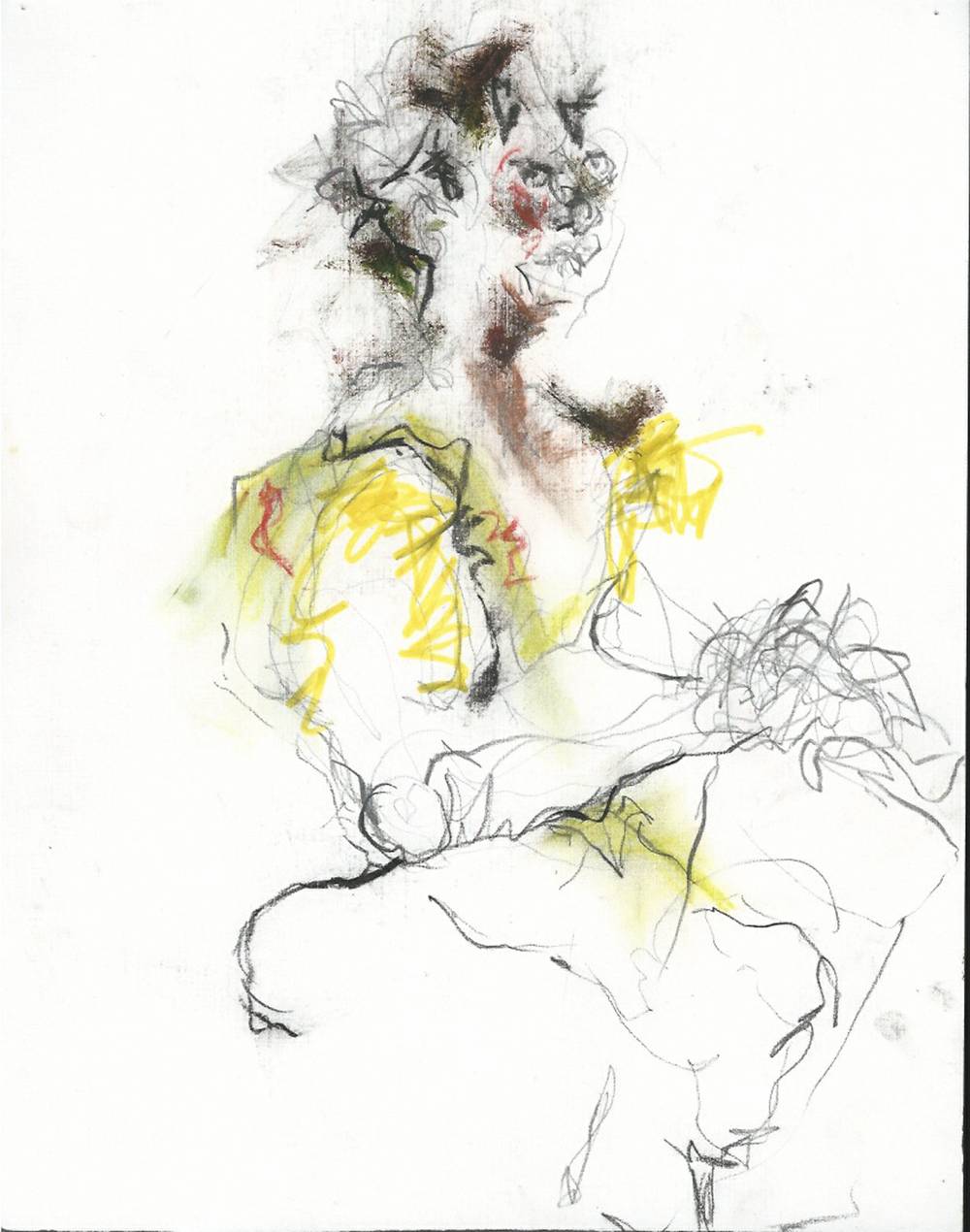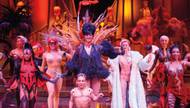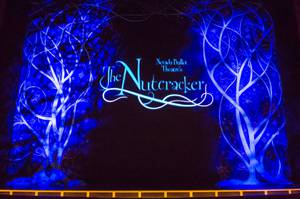
Rhythm, Line and Stroke Through October 10; TastySpace Gallery, 617-513-7336 and Winchester Cultural Center, 702-455-7340
In the de-skilling of studio arts in the last half-century, life drawing took a hit. Why waste time drawing nudes when computer programs render the human body in a few curt clicks? What’s the point of doing something that’s been done before, anyway? At a time when contemporary art favors cultural commentary and social critique, isn’t life drawing just a redundant academic exercise?
These questions saturate Cristina Paulos’ Rhythm, Line and Stroke exhibitions like ink on Fabriano paper. Her gendered life-drawing shows feature 13 female nudes at TastySpace Gallery and 18 male nudes at the Winchester Cultural Center. Paulos uses a range of materials—from Conté crayons to Rit fabric dyes—to render her figures on an array of surfaces, from cardboard to canvas. Formats stretch from 11 inches by 14 inches to 60 inches by 44 inches. They span 15 years.
Since Paulos signs and dates few of her works, putting the drawings in sequence in order to identify the evolution and hallmarks of her style is a challenge. Two distinct tendencies appear: One is realistic, the other gestural. In general, the realistic works are earlier, and appear to show the influence of Cal Arts animation studies, in which accuracy of depiction is a badge of accomplishment. They are pleasant, but seem restricted by duty. In contrast, the gestural works reinvest the figure with a quirky vitality. In the strongest among them, Paulos does more than depict the human body: she abstracts its emotional content.
At TastySpace, a work like “Female in Movement” attests to the primal need to make a mark, to leave a trace, not of an exact rendering, but of an engorged experience of seeing. The female form is, upon scrutiny, recognizable—the head, breasts, the leg—but rather than fixing these aspects of the body in static, predictable composition, Paulos renders them quickly, in a gestural style communicating erotic content. Desire—of art, of seeing, of the physical pleasure in making marks on paper, of sexual satisfaction—is what’s portrayed here.
Overall, the TastySpace works are more sensual; the drawings displayed at Winchester are more aggressive, and, as in the case of the screaming “Rock Star,” even disturbing. The large-format pieces seem labored, but among the smaller formats, there are gems. “African Musician 02,” for example, melds Giacometti and de Kooning techniques in a complex, interesting style all Paulos’ own.
One takeaway from this two-pronged exhibition is that life drawing never loses its relevance. In today’s sanitized art climate, with its clean, neat, computer-generated contours, there’s a place for precarious, handmade representations of the human form. Paulos’ emotional interpretations of the figure likely convey more accurate information about the intimate human condition than digitalized precision ever could.






